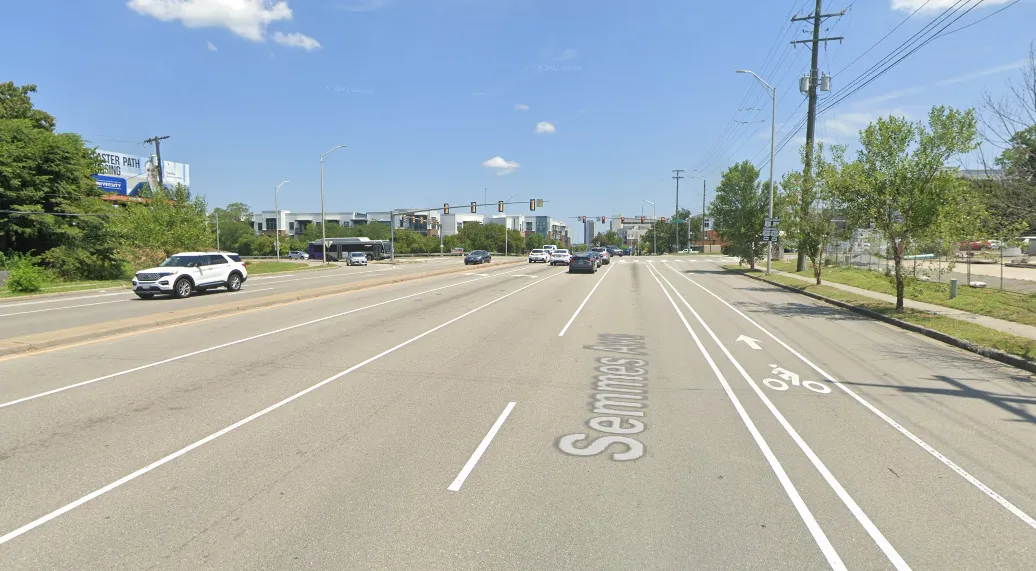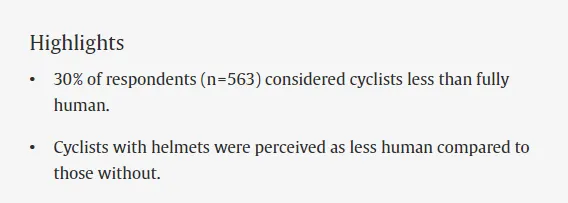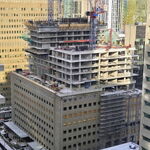max
Active Member
Barriers were back in as far as University as of yesterday afternoon. Don't think they'll put them in on the block between University & York until construction at York wraps up.
Thank god! Not sure why they did not coordinate the line painting guys with the barrier guys a bit better. I realise that the York to Victoria blocks are a mess but....Barriers are going back in on the North side of Adelaide. They've done from Bathurst to Spadina and are currently working their way over to Charlotte.
:format(webp)/https://www.thestar.com/content/dam/thestar/news/gta/2023/07/14/whose-pole-is-this-anyway-outrage-over-two-poles-blocking-a-toronto-bike-lane/main.jpg)
Does anyone know the extent along which curbs will be added?
Great, thank you.
The lengths of those stretches are a little underwhelming. Fully converting Alton to Coxwell would have been nice at least.



Lucky for you, someone did ask this exact question in a Q & A during consultation and here is the answer. TLDR: They will pick up from the traffic lane.With those lower cycling curbs, how does waste collection work? I'm asking as I know the Huntingwood reconstruction starts Monday (images below; pharmacy to Warden to start) and there were some awkward moments when they had the white plastic bollards...
Looking forward to this one as it's a total road reconstruction and brings a lot of pedestrian/cycling friendly infrastructure (raised ped crossings, reduced curb radii, transit stop improvements).
View attachment 493403View attachment 493404View attachment 493405
Some of my most-shared tweets are color commentary on what passes for “bike infrastructure.” It’s the junk that looks like this:

The only people using “bike infrastructure” where 55 mph (88 km/h) vehicles can clip you at any moment are people who have no other choice.
Kitchen staff at a restaurant, hotel cleaning staff, and other low-paid wage workers have to get to work, and they might not be able to afford the $10k-per-year cost of owning a personal vehicle.
Bicycling is a basic form of transportation, but it faces numerous challenges, including inadequate infrastructure and distorted views of people on bikes.
A recent psychological study shed light on the perceptions of cyclists, specifically focusing on the impact of safety attire. The disturbing theme of the findings was that it’s common for people driving cars to dehumanize people riding bikes.


The study found that cyclists wearing helmets were perceived as less human compared to those without helmets. Interestingly, this perception was not solely attributed to helmets obscuring hair and facial features. Cyclists wearing hats, which also obscured similar amounts of hair and facial features, were perceived as more human than those wearing helmets. On the other hand, cyclists without helmets but wearing high visibility vests were more likely to be perceived as less human compared to other attire types tested.
The positive outlook on this study is that when a human being behind the wheel of a car recognizes a human being on a bicycle, they’re more likely to make a human connection. Some have called this “the wind in the breeze effect.”
If you drive up behind a slow, wobbly cyclist, you slow way down and give plenty of space when passing. Your mind might race with speculation about who they are, where they’re from, why they’re riding a bike, etc. But that wobbly slowpoke is a human being.
You later drive up behind a fast cyclist, leaning into the handlebars, decked out in gear, and you don’t give them much attention. They look and act like a skinny vehicle, so you’re more likely to treat them like a vehicle. Dehumanized.
The study findings suggest safety attire itself contributes to the dehumanization of cyclists. This is significant for traffic safety efforts, as dehumanization has been found to predict aggressive behavior towards cyclists. Motorists pass too closely, or get mad at the speed differential and cut the cyclist off, sending them into a curb or worse.
Othering contributes to a culture that marginalizes people on bikes and puts them at risk.
The best way to change the way we think about bicycling is to normalize bicycling. A cynic would say “Walt Disney was a moron because Americans hate walking. They’ll never walk around an amusement park for more than a few minutes.” The response to the cynic is to plan the future you want, not the future you think is inevitable. Half of our car trips are under a few miles long. We run errands all the time that could be served by a bike, but most of us don’t have routes that make us feel safe.
If you look like a sleek machine, people are more likely to treat you like a machine. And worse, planners and engineers are going to assume the “bike infrastructure” pictured above is adequate.
Bicycling has the potential to be a legitimate form of transportation—in cities and suburbs—rather than just a recreational activity or hobby. A bike can be an excellent tool to get from here to there. But we have to plan and design deliberately to achieve that outcome.
This is why I don't like helmet shaming people, which is common in North America.I was just in Copenhagen, and almost nobody wears a helmet, despite everybody cycling. I get why any individual would choose to wear a helmet, but I think it's well established that generalized helmet wearing doesn't make cycling any safer in the aggregate.




